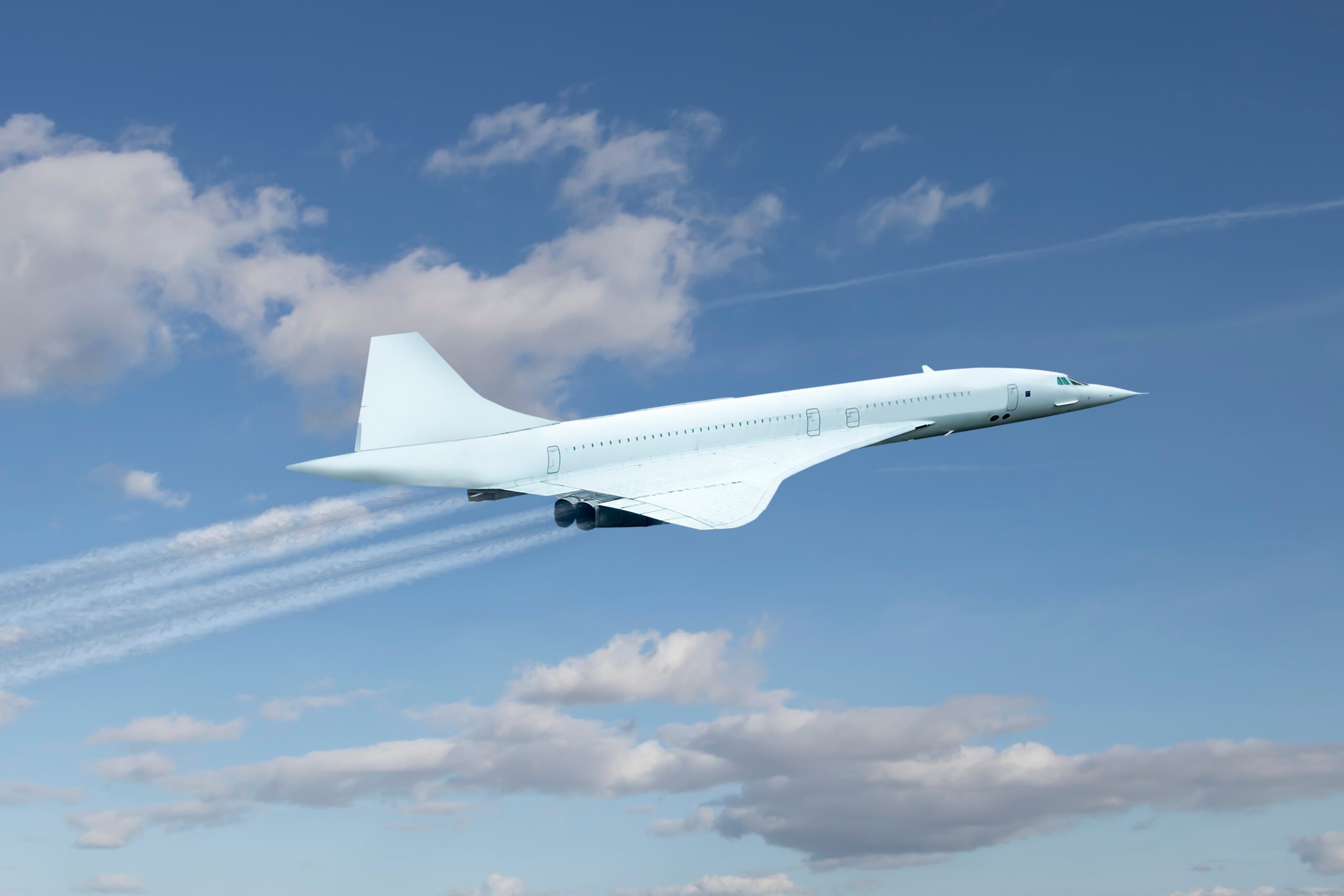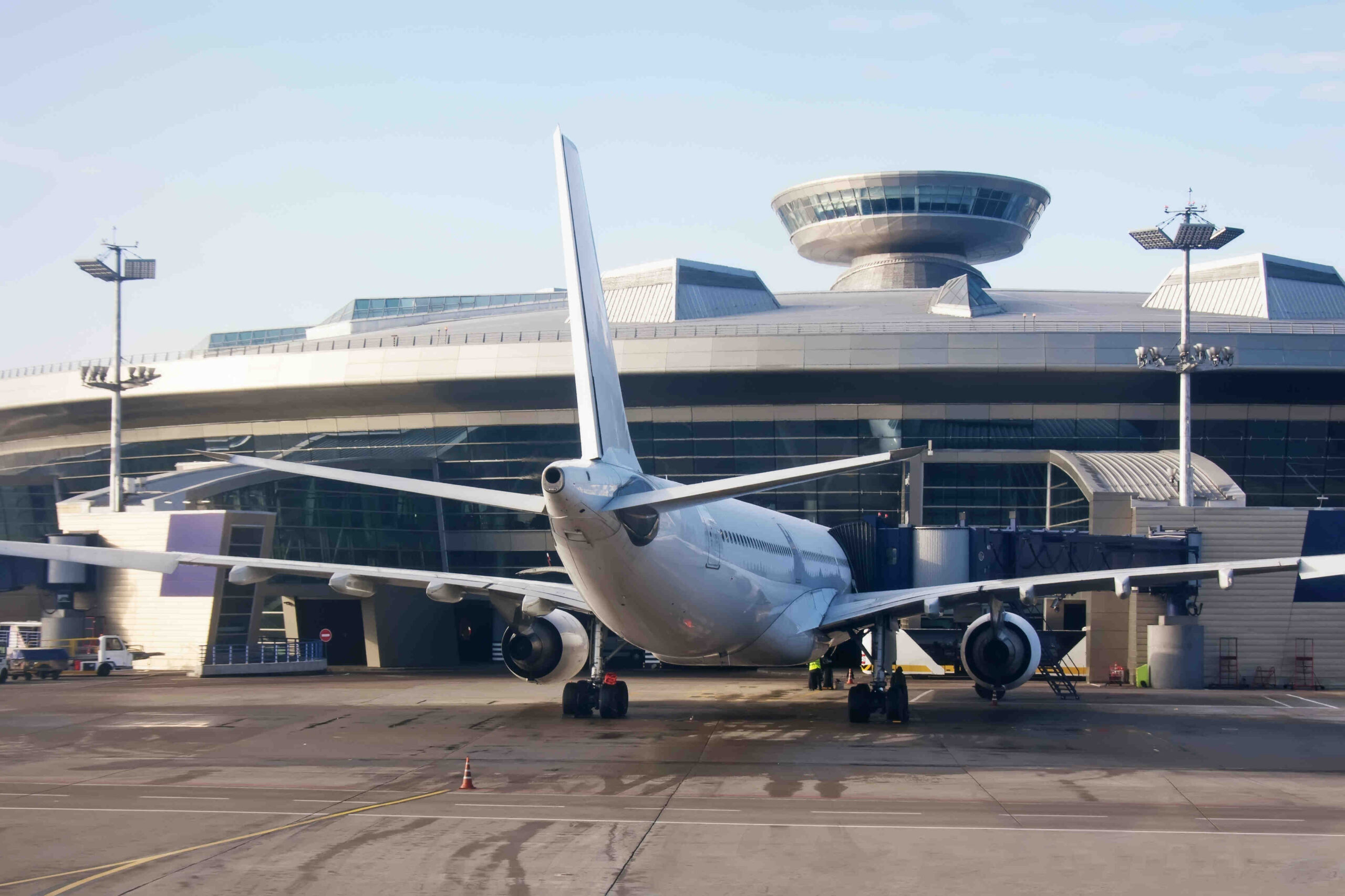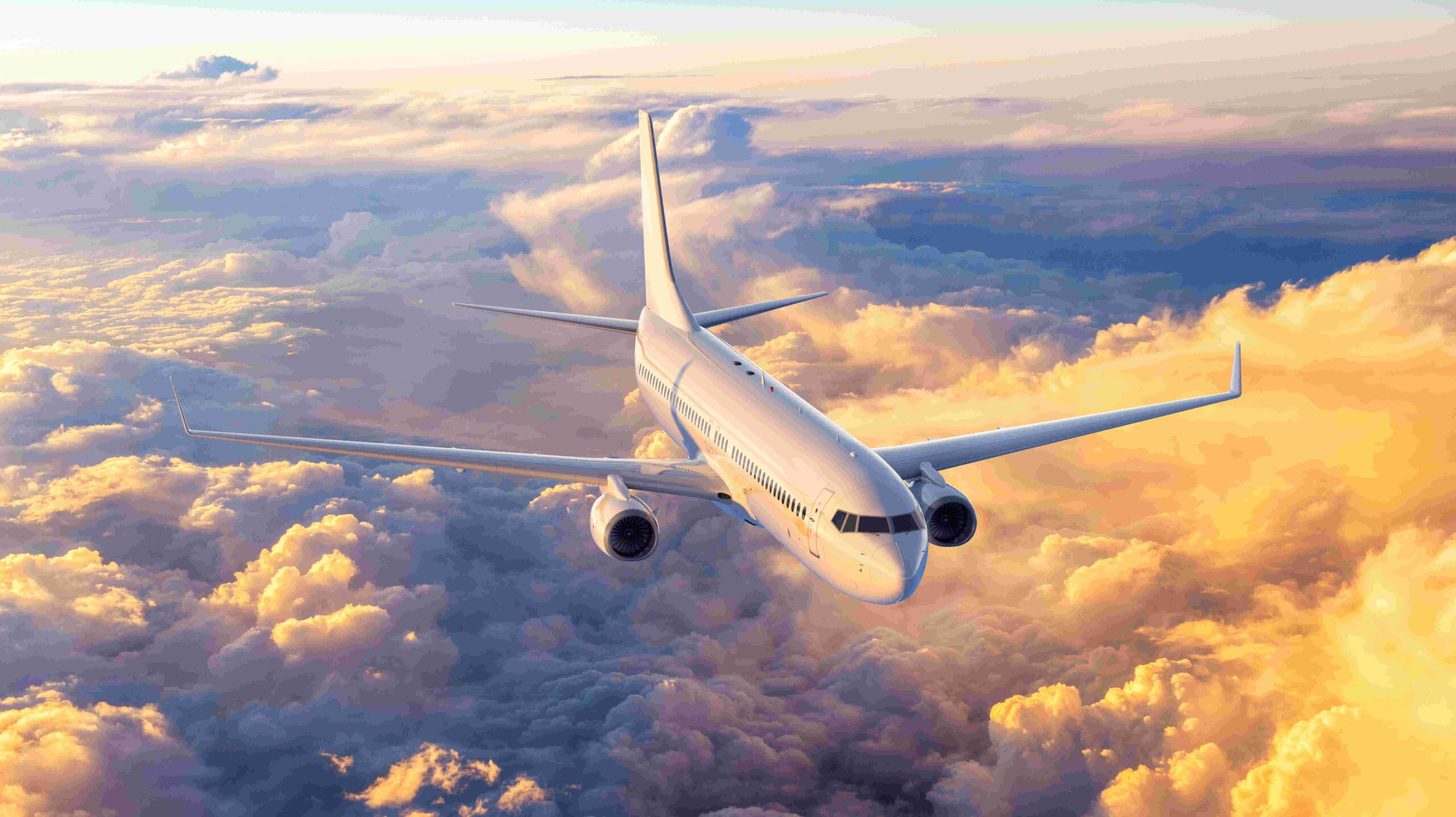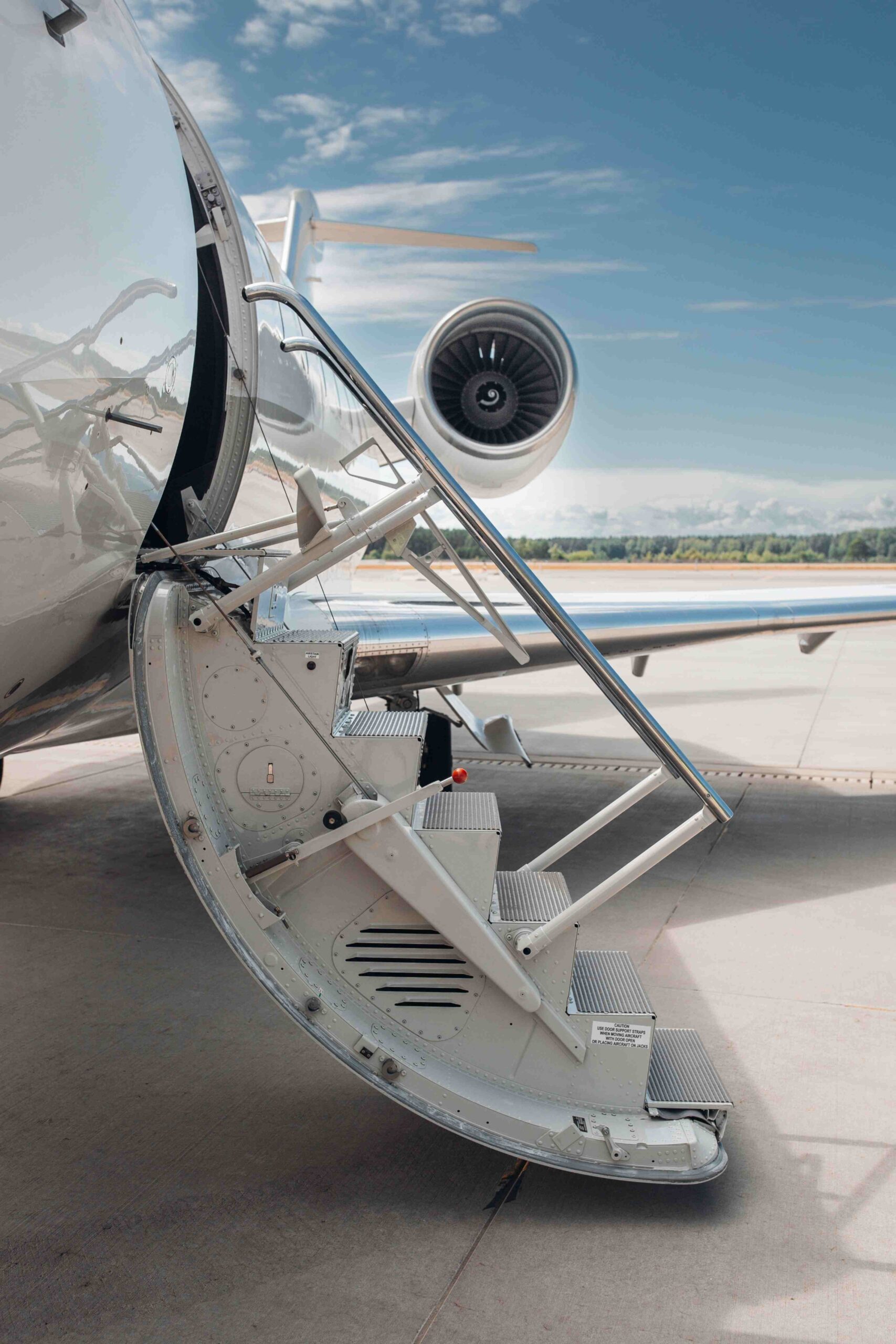A successful test flight at supersonic speed of the XB-1 aircraft brings the Overture, Concorde’s successor, closer to entering the market. The flight between New York and London is expected to take 3.5 hours.
In addition to such dates in the history of civil aviation as December 17, 1903, January 28, 2025 may also be recorded. That’s when the XB-1 Boom Supersonic broke the sound barrier, bringing the entry of the aircraft hailed as Concorde 2.0 one step closer. During a 30-minute test flight over the Mojave Desert in California, the XB-1 twice reached speeds of Mach 1.13 – that’s more than 1,200 km/h.
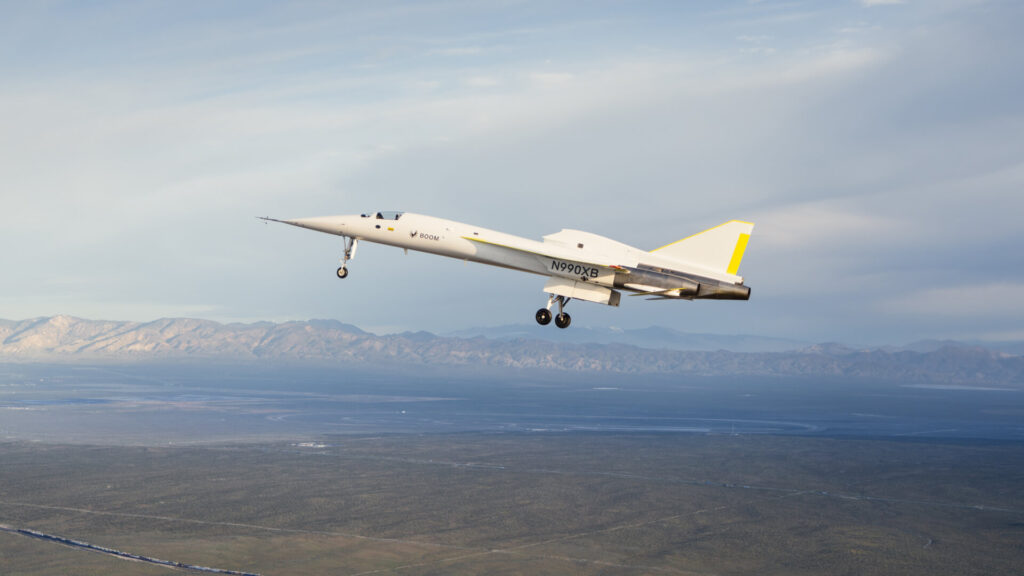
Overture - a return to flying faster than sound
Unlike the Wright brothers’ first flight, test pilot Tristan Brandenburg’s “Gepetto” feat was followed by thousands of people thanks to live streaming on the Internet. For U.S. startup Boom Supersonic, the late January event is the culmination of 10 years of preparation and… really just the beginning. The XB-1, also called Baby Boom, is just the prologue to a return to supersonic passenger travel. Because the technology used in the XB-1 is to be used to build the larger Overture aircraft. It is thus a testing ground to verify the technology that will go into Concorde 2.0.
The company plans to introduce the Overture aircraft for commercial use. It will be able to take between 65 and 80 passengers on board and reach a cruising speed of about Mach 1.7. With it, Boom Supersonic wants to cut travel time between cities such as London and New York or San Francisco and Tokyo by up to half.
How will Overture avoid the mistakes of its predecessor?
The references to Concorde are obvious, but Boom Supersonic does not want to repeat its mistakes. For although it became an icon, it was not an economic success. It was phased out in 2003 after 27 years of service with Air France and British Airways.
– Concorde was a relatively cramped aircraft, offering an experience comparable to economy class travel in terms of space. Since then, we have taken a leap in terms of efficiency, which will allow us not only to reduce prices, but also to invest in a much more comfortable, spacious and modern interior.On board Overture, we want to offer a business class travel experience. It will be important to have large windows through which passengers at an altitude of 18 km will be able to see the curvature of the Earth, the blue of the boundless sky – it will be something amazing,” Blake Scholl, founder and CEO of Boom Supersonic, told Polish Business Insider in 2019.
He stressed that the Overture was designed to make it possible to travel from New York to Western Europe in the morning to do business, and return home in the evening to say “goodnight” to the children. The flight between New York and London is expected to take 3.5 hrs. If traveling across the Pacific Ocean, travel time from San Francisco to Tokyo is expected to be reduced to 6 hrs.
Concorde has become an icon
The era of Concorde’s dominance in the skies lasted from the 1970s until 2003. It was a French-British project, started as early as the 1960s of the last century. The aircraft, with its distinctive aerodynamic shape, was 62 meters long and had a wingspan of up to 25 meters. It took up to 100 people on board. Among Concorde’s most famous passengers were Queen Elizabeth II, who always occupied seat 1A, or Paul McCartney.
It was already out of luck when it entered service, as its economics were hurt by the oil shock of the 1970s. Plans to produce 100 copies for customers around the world were abandoned. They stopped at 20 planes, 14 of which entered commercial service with British Airways and Air France. Until the 1980s, Concorde aircraft were owned by the governments in London and Paris, not the carriers. Their loss-making operations were therefore covered by the coffers of both countries.
A ray of hope came from Air France and British Airways buying them back, as well as changes in offerings and fare increases. This allowed them to reap multi-million dollar profits at the peak of their popularity.
However, the Concorde aircraft’s ability to expand on the aviation map of the world was limited by environmental issues. Crossing the sound barrier was accompanied by a thunderous sound, trailing behind the aircraft, on the ground perceived as a powerful bang. Therefore, the technological marvel could no longer fly over built-up areas; instead, it worked well on transatlantic routes to New York. Flight time over land was reduced to a minimum.
Its fate was sealed by a plane crash in the suburbs of Paris in July 2000, and although the necessary changes were made afterwards to ensure the safety of operations, they were simply not cost-effective. One may ask, why return to the era of supersonic aircraft when Concorde was not a commercial success?
Overture, i.e. Concorde 2.0 without errors?
Blake Scholl has argued for years that his startup has learned from the Concorde program’s mistakes. For one thing, Overture will be a design 60 years younger, drawing on the huge technological advances made during that time. Suffice it to recall lightweight and durable composite materials for the fuselage and wings, modern and economical jet engines.
To improve visibility from the cockpit during taxiing, takeoff and landing, Concorde had to lower the nose. The Overture is to use augmented reality goggles to make this unnecessary.
Concorde’s successor is also expected to have a much more thoughtful business model. Passengers will be fewer and ticket prices will be higher. The entire aircraft is to be configured like business class, albeit without the reclining seats, since the flight will last between 3.5 and 6 hours.
On top of that, the Overture is to be powered by sustainable aviation fuel (SAF), making it – assuming 100 percent utilization. – is to be considered a zero-emission means of transportation. The aircraft’s range is expected to be 4,250 nautical miles, or about 7871 kilometers.
According to the manufacturer, over land the Overture is expected to move 20 percent faster than today’s commercial aircraft, while over water – twice as fast. Boom Supersonic calculates that the number of routes on which its aircraft will be able to fly profitably is more than 600.
The supersonic revolution is getting closer
The Overture Superfactory in Greensboro, North Carolina, was completed in June 2024. The number of orders and pre-orders for the Overture is already more than 130 to go to American Airlines, United Airlines and Japan Airlines. Boom Supersonic plans to have the first Overture commercial flights before the end of the decade
Aviation at Lazarski University
We encourage you to explore the intriguing world of modern aviation by reading our blog and enrolling in aviation majors at Lazarski Aviation Academy at Lazarski University.
Lazarski Aviation Academy
The place where dreams take off. We offer graduate, postgraduate and MBA studies for future pilots, aviation lawyers and managers.
